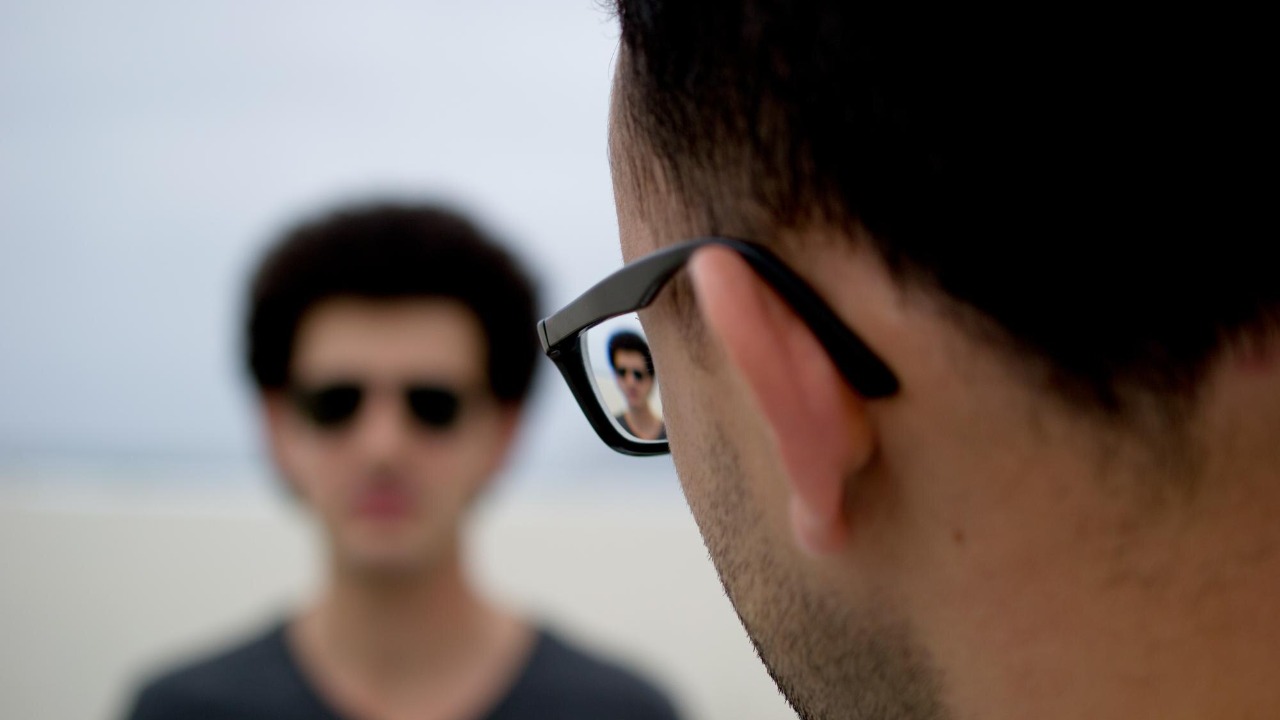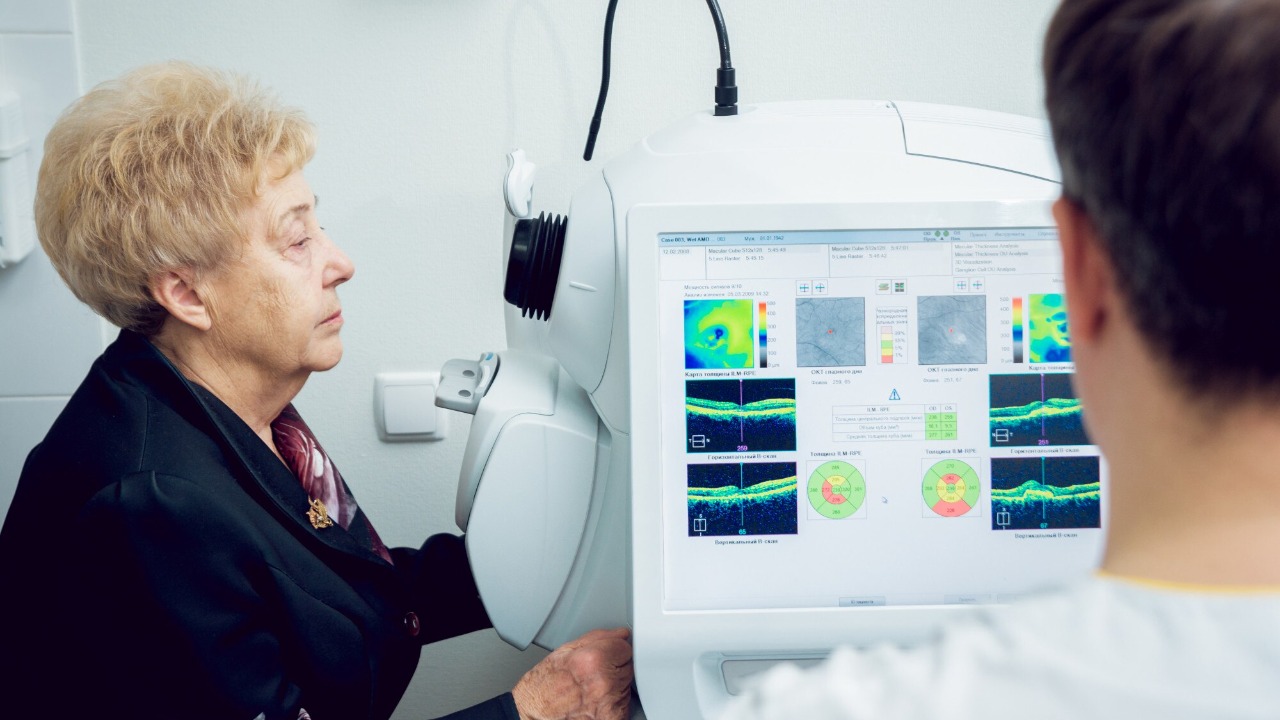
In the swiftly evolving world of technology, wearable gadgets are stepping forward to offer blind users a novel way to perceive their surroundings. Through the use of sonar feedback, visually impaired individuals are given a new sense of autonomy and interaction with the environment.
Understanding Sonar Technology for the Visually Impaired

Sonar technology, primarily used in marine navigation, uses sound propagation to detect objects. For visually impaired individuals, the technology works similarly, emitting sound waves that bounce off nearby objects. The time it takes for the echo to return indicates the distance and location of the object, creating an auditory map of the surroundings. This technology has been progressively adapted into wearable devices designed for the blind.
The concept of harnessing sonar technology for the visually impaired has been a topic of research for decades. Notable developments include a 1974 patent for a sonar aid for the blind. The technology has evolved since then, leading to the creation of wearable gadgets that make navigation easier and more efficient for blind users.
The Tacit Project: A Leap Forward in Wearable Technology

The Tacit project, also known as “Hand-Mounted Haptic Feedback Sonar Obstacle Avoidance Asstance Device,” is a wearable device that uses sonar technology to guide visually impaired individuals. It’s worn on the wrist like a glove, and it emits ultrasound waves that bounce off objects in the user’s environment. The device then uses haptic feedback – a type of tactile response – to alert the user about the location and proximity of these objects.
Users of the Tacit device have reported positive experiences, noting improved mobility and enhanced awareness of their surroundings. Despite its relatively simple design, the device has proven to be a significant aid in navigating unfamiliar environments.
Benefits and Limitations of Sonar Feedback Devices

Sonar feedback devices offer numerous benefits to visually impaired individuals. They enhance mobility, independence, and confidence by providing an auditory representation of the environment. Furthermore, they reduce reliance on other individuals for navigation and increase the safety of the users by alerting them about possible obstacles.
Despite the advantages, certain limitations exist. These include the device’s inability to detect soft or absorbent materials that don’t reflect sound waves effectively. Additionally, challenges in differentiating between objects and interpreting complex environments may arise. However, these limitations are common to most assistive technologies for the visually impaired, and ongoing research aims to mitigate these issues.
Research and Studies on Sonar Feedback Devices

Several studies have evaluated the effectiveness of sonar feedback devices for the visually impaired. Research has found that these devices can significantly enhance users’ mobility, spatial perception, and overall quality of life. One study reported a marked improvement in obstacle avoidance tasks among users of the devices.
Continuous research and development efforts are underway to further refine and enhance the technology. Emerging studies are exploring the integration of artificial intelligence with sonar feedback to improve object recognition and environmental interpretation. These developments are expected to significantly impact the quality of life of visually impaired individuals.
Social and Ethical Considerations of Wearable Sonar Technology

Societal reactions to wearable sonar technology have largely been positive. Many view these devices as a significant step towards enhancing the autonomy of visually impaired individuals. However, as with any new technology, ethical considerations must be addressed. Questions regarding privacy, consent, and the potential for misuse arise, and require careful ethical consideration.
Policy and regulation also play a crucial role in the use and distribution of these devices. Currently, there are no specific regulations governing the use of sonar technology in assistive devices for the visually impaired. However, as the technology becomes more widespread, regulatory guidelines will be necessary to ensure its safe and ethical use. This study provides a deeper insight into the social and ethical implications of wearable assistive technology.